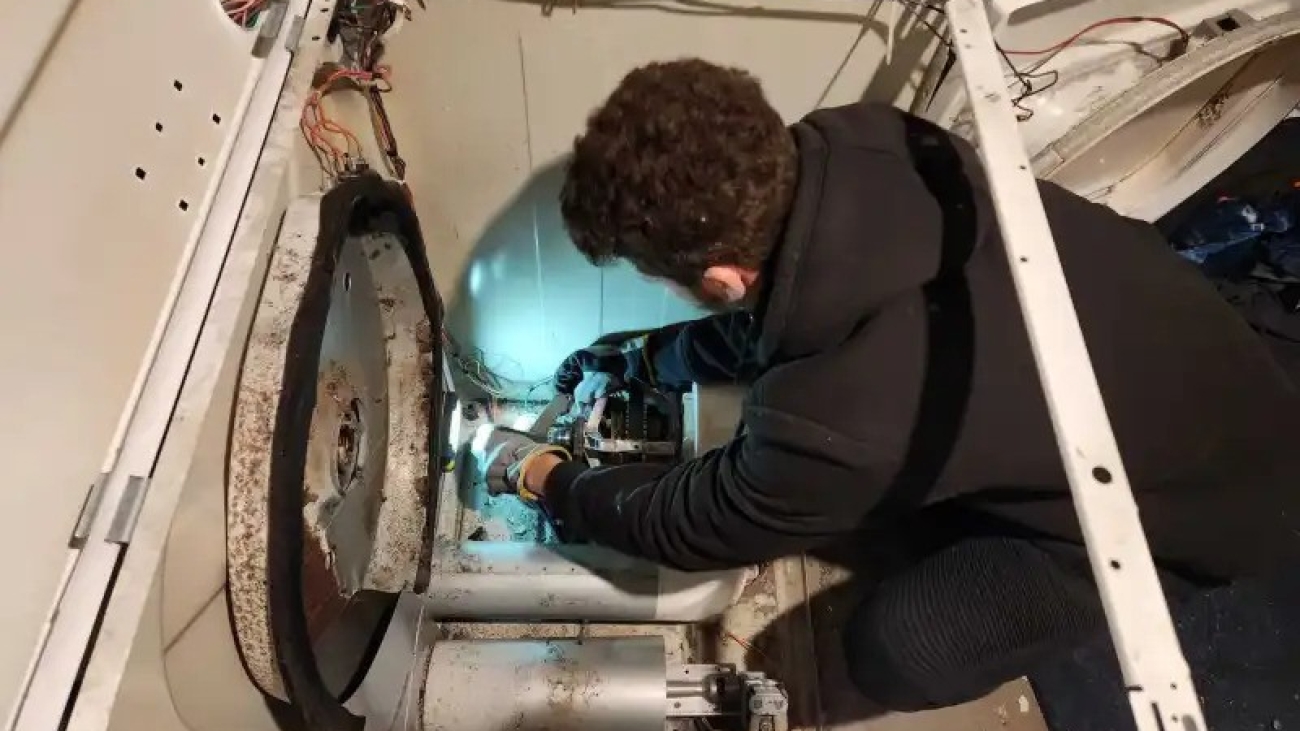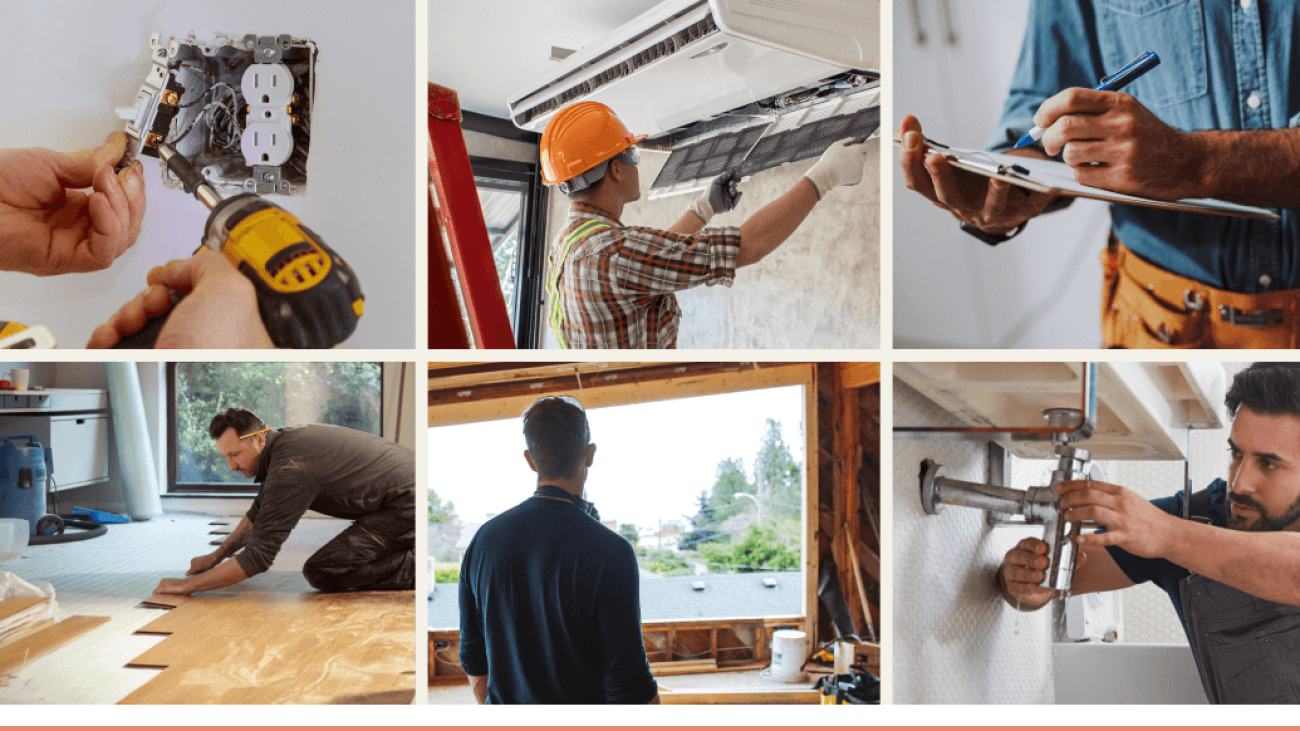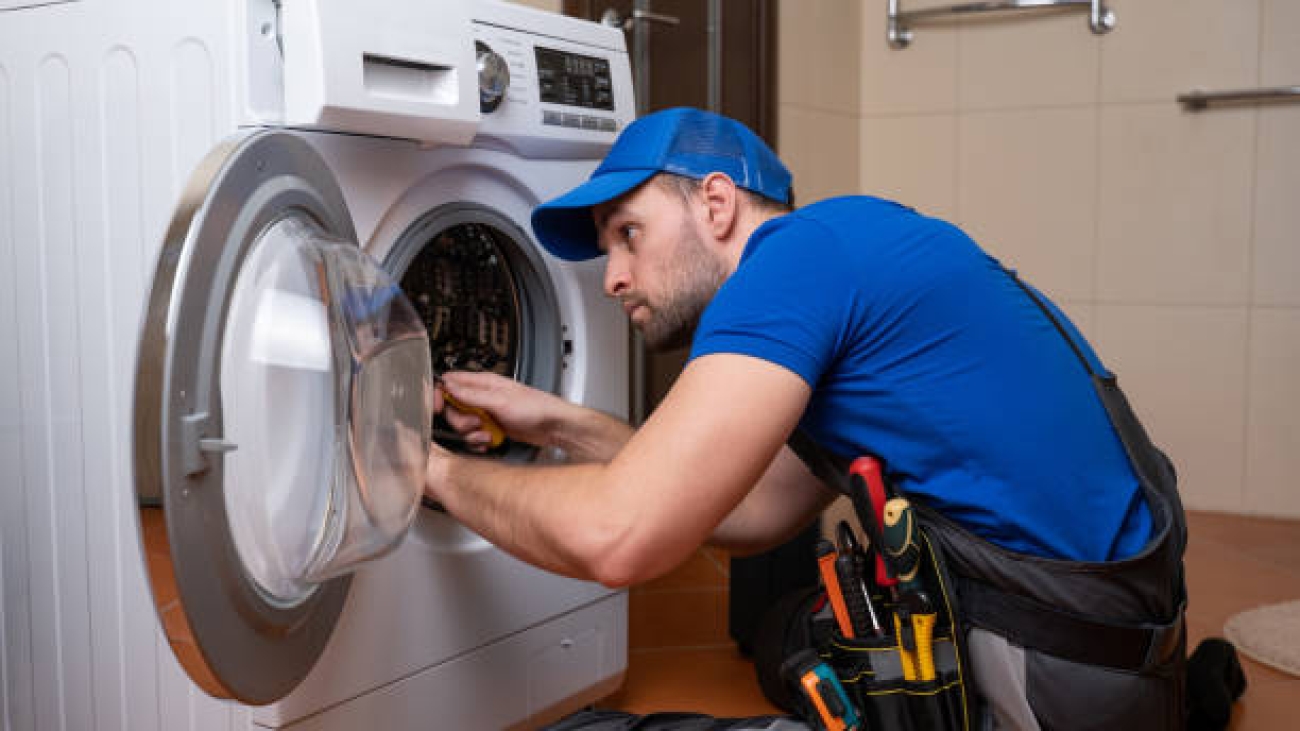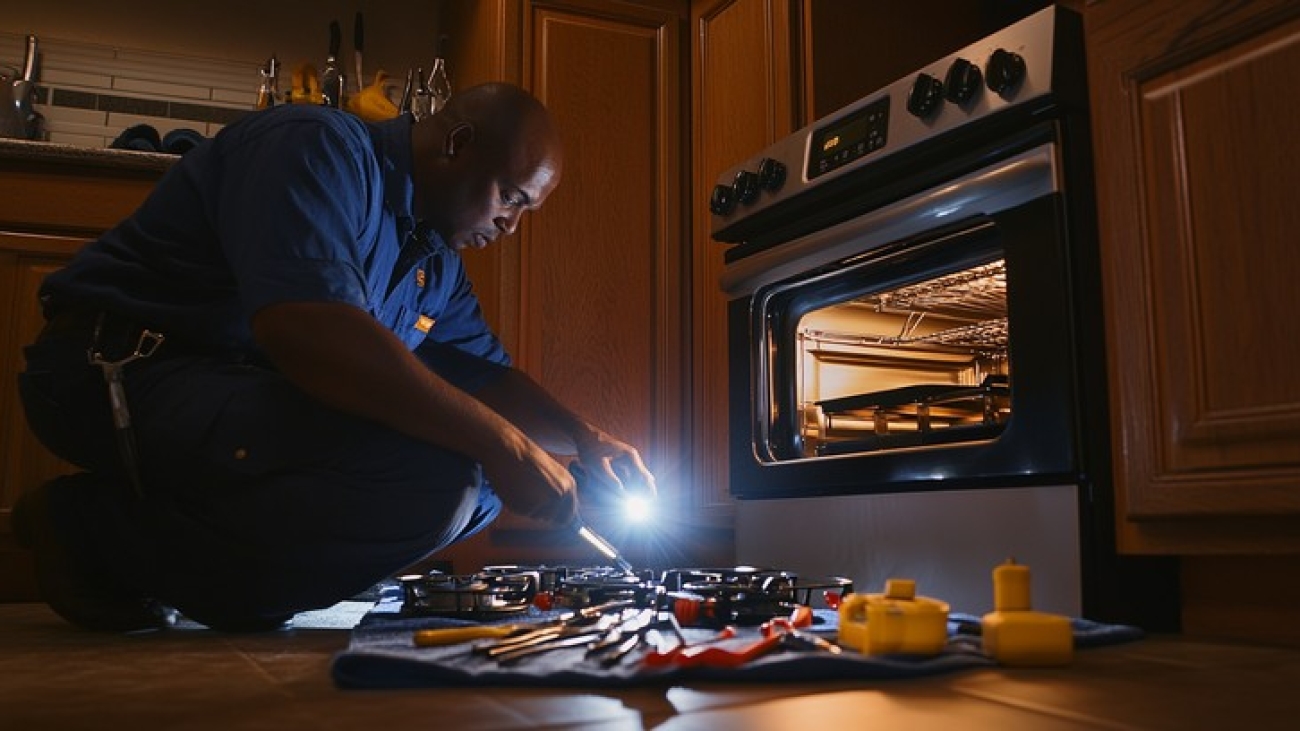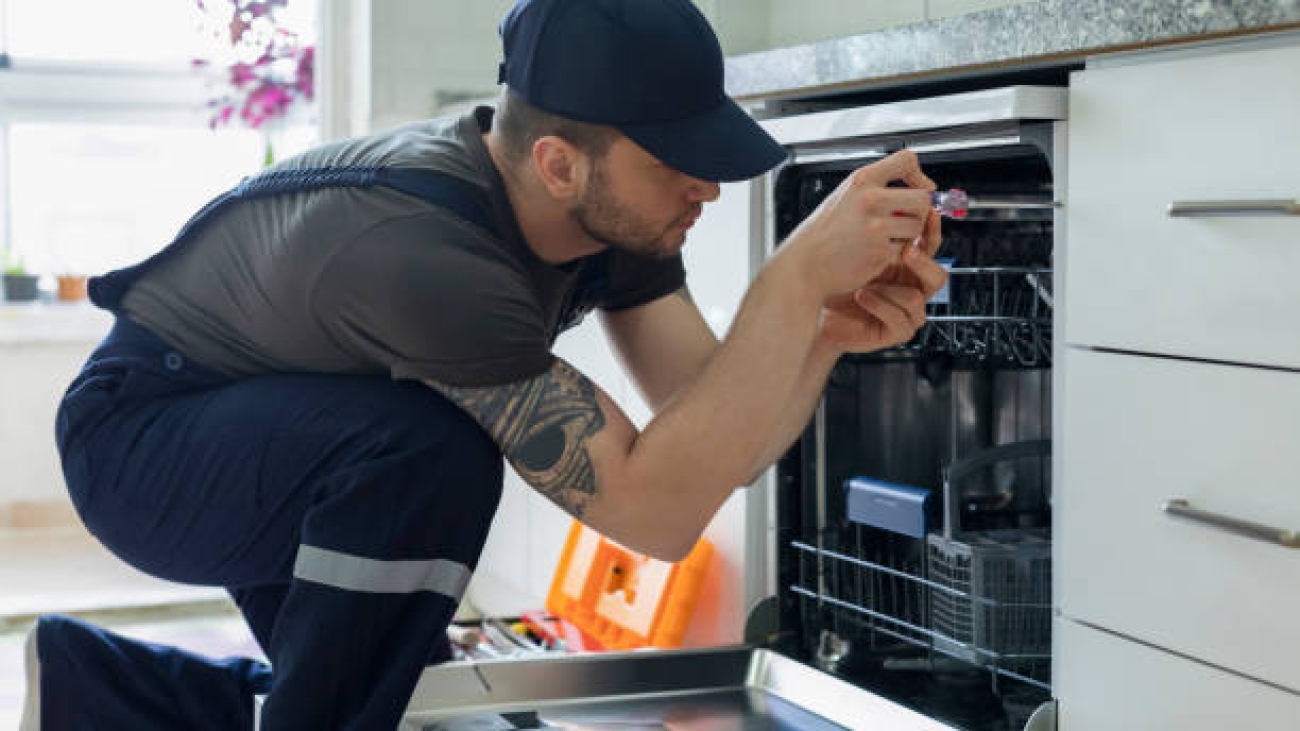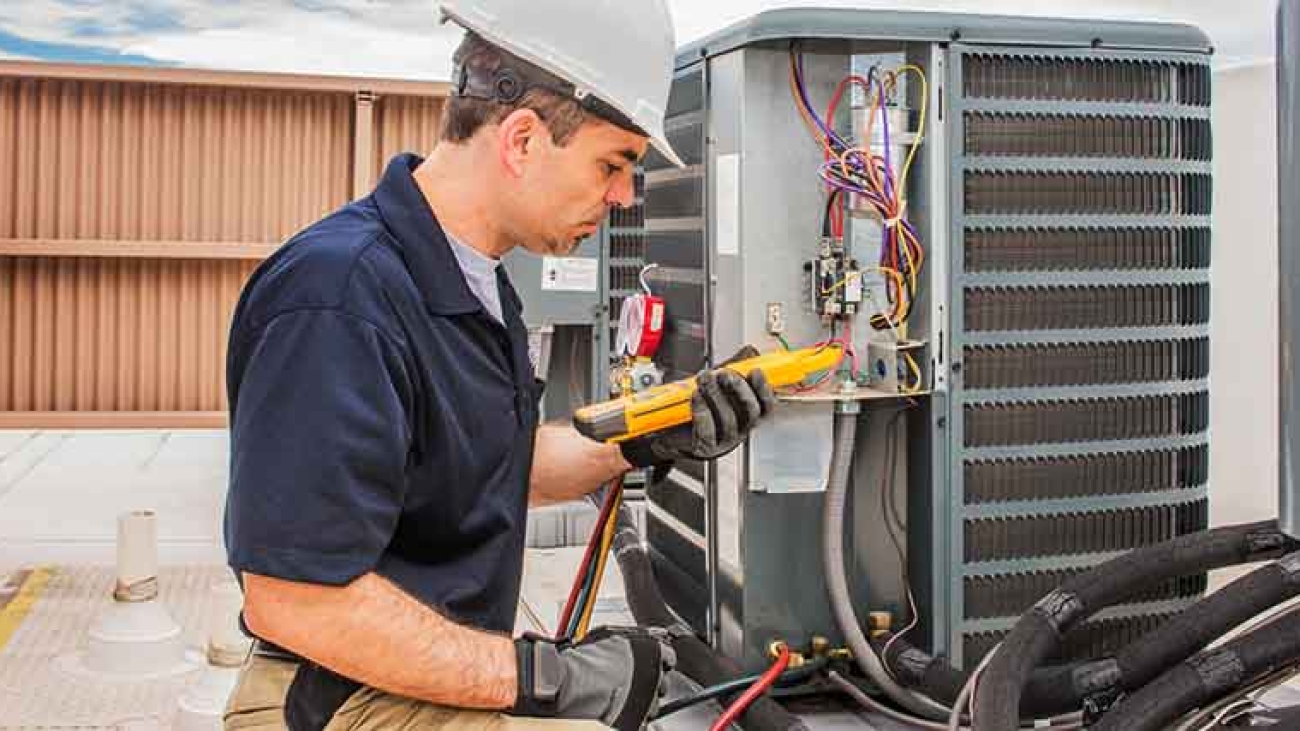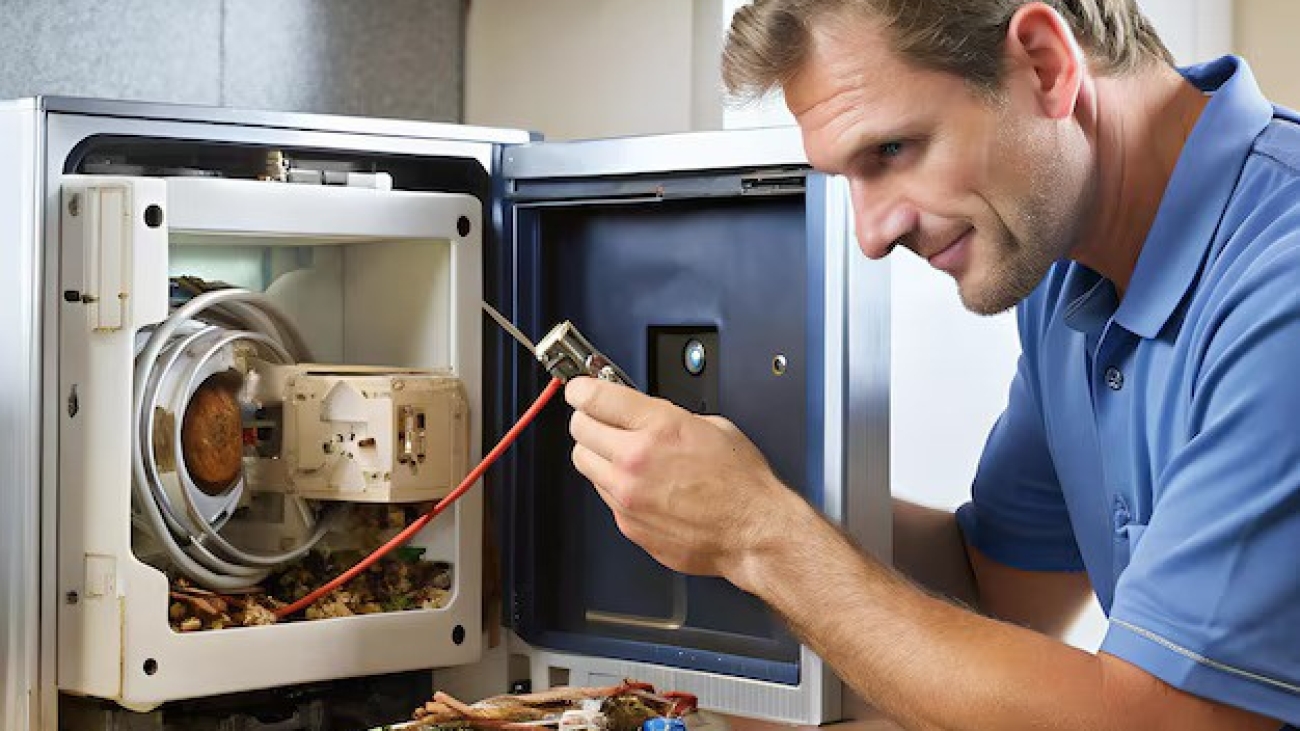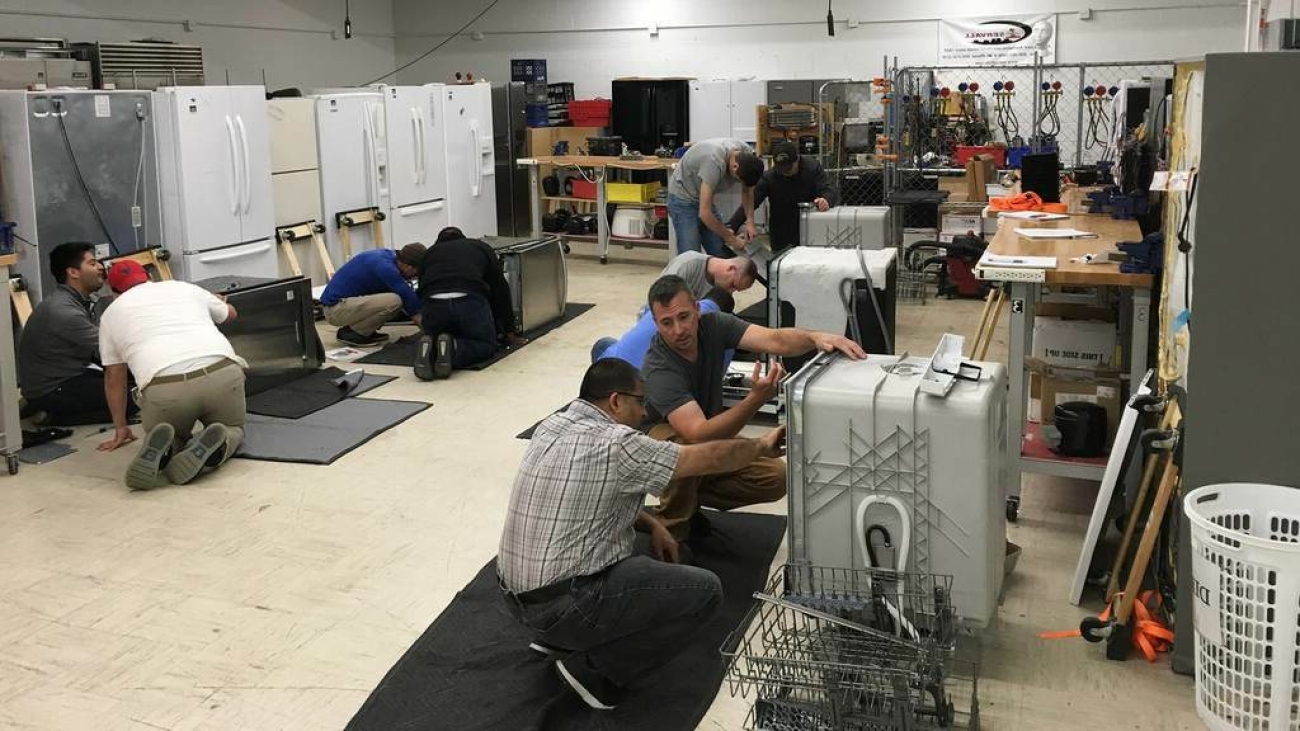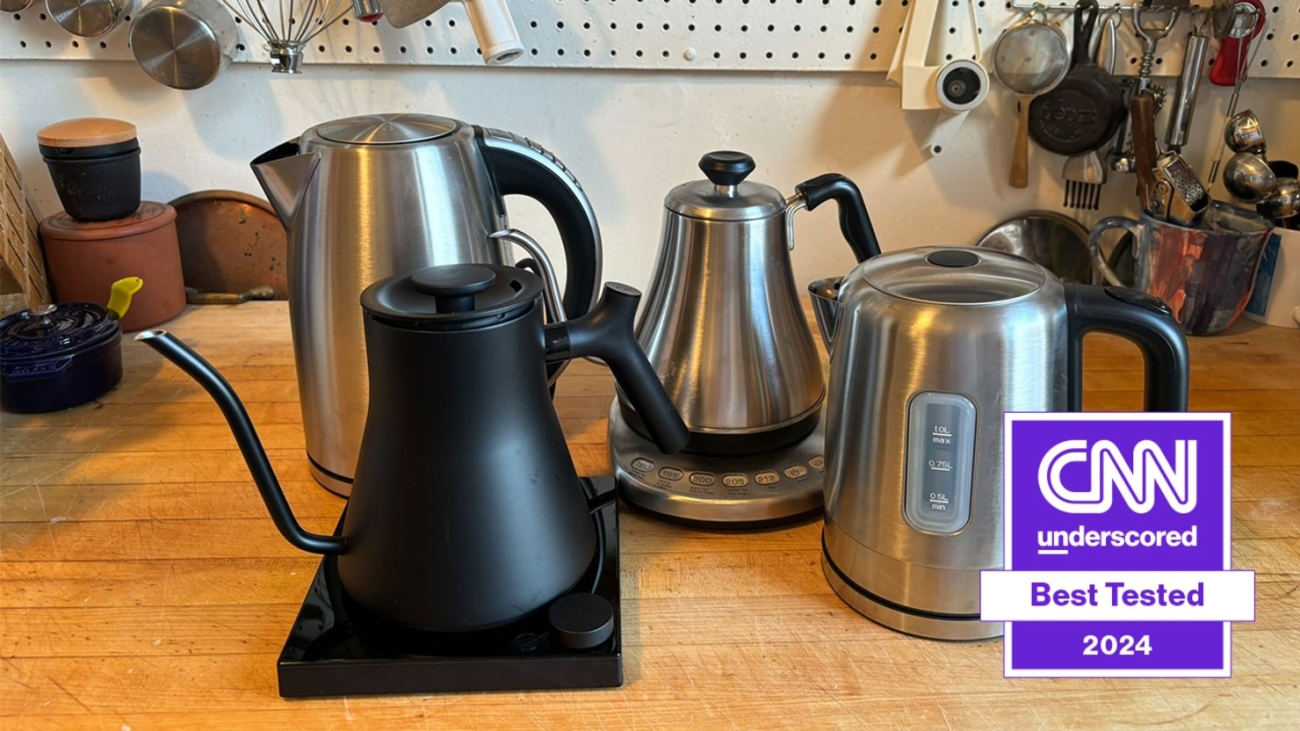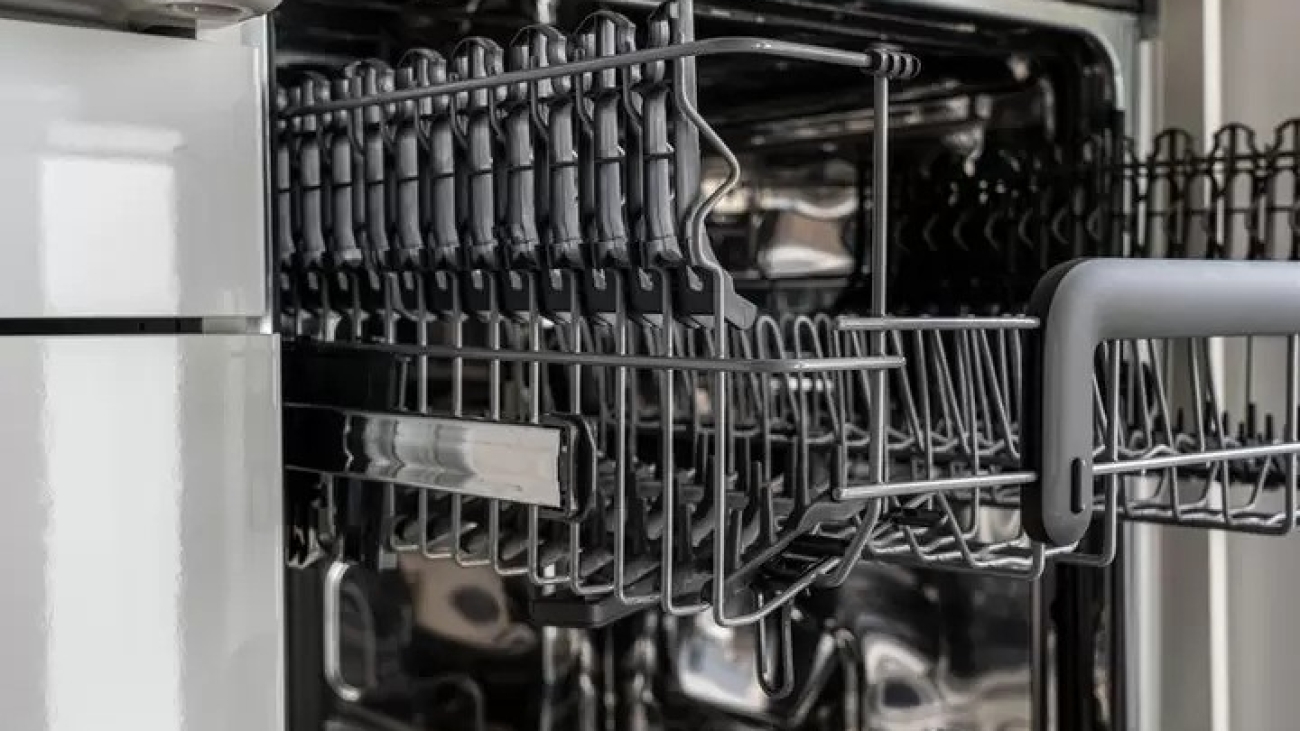A clothes dryer is an essential appliance in any household, but when it starts acting up, it can cause frustration and delays. Here are some common dryer issues, troubleshooting tips, and advice on when it’s best to call a professional for assistance.
1. Dryer Won’t Start
If your dryer isn’t starting, it could be due to several potential issues, including a faulty door switch, thermal fuse, or power supply.
Solution:
- Check the Door Switch: Ensure the door is fully closed. If the dryer still doesn’t start, the door switch might be defective and need replacement.
- Inspect the Power Supply: Make sure the dryer is plugged in and check for a tripped circuit breaker.
- Thermal Fuse: A blown thermal fuse can also prevent the dryer from starting. You may need a professional to replace it if it’s damaged.
Note: If none of these solve the issue, an internal wiring problem may require a technician’s help.
2. Dryer Isn’t Heating
A dryer that isn’t heating can be frustrating, as it will leave clothes damp even after a full cycle. The issue could be with the heating element, thermostat, or thermal fuse.
Solution:
- Check the Heating Element: A burnt-out heating element won’t produce heat. If it’s damaged, it needs to be replaced.
- Inspect the Thermostat: A faulty thermostat can prevent proper heating. You can check it with a multimeter, but a professional may be needed to replace it.
- Thermal Fuse: The thermal fuse can blow if the dryer overheats. If this happens, the fuse needs replacement to restore heat.
3. Dryer is Making Loud Noises
If your dryer is making unusual noises, such as rattling, squeaking, or grinding, it may be due to worn-out drum rollers, a damaged belt, or an issue with the blower wheel.
Solution:
- Drum Rollers: Check for worn-out drum rollers or bearings, which may need replacing if they’re causing rattling sounds.
- Belt: A loose or worn belt can produce a squeaking noise. Replacing the belt can often resolve this.
- Blower Wheel: If the blower wheel is obstructed or damaged, it can make grinding noises. Clearing debris or replacing the blower wheel can resolve the issue.
4. Dryer Won’t Tumble
When the dryer drum doesn’t spin, it could be due to a broken belt, faulty motor, or defective idler pulley.
Solution:
- Check the Drive Belt: A broken or worn belt won’t rotate the drum. Replacing the belt can fix this.
- Inspect the Motor: If the motor has failed, the drum won’t turn. This requires professional repair.
- Idler Pulley: If the idler pulley is worn or damaged, it may not hold the belt in place, preventing the drum from tumbling.
When to Call a Professional
While many dryer issues have DIY solutions, some situations require the expertise of a trained technician:
- Electrical Problems: If there are frequent tripping breakers or the dryer won’t start due to electrical issues, a professional should handle it.
- Internal Component Replacement: Replacing parts like the motor, thermostat, or thermal fuse can be complex and require specialized tools.
- Recurring Issues: If the dryer continues to malfunction even after troubleshooting, it’s best to get professional assistance to ensure long-lasting performance.
Conclusion
Regular maintenance and simple troubleshooting can resolve many dryer problems, but for complex repairs, it’s wise to call a professional. Reliable dryer repair can extend your appliance’s life and keep your laundry routine hassle-free.


